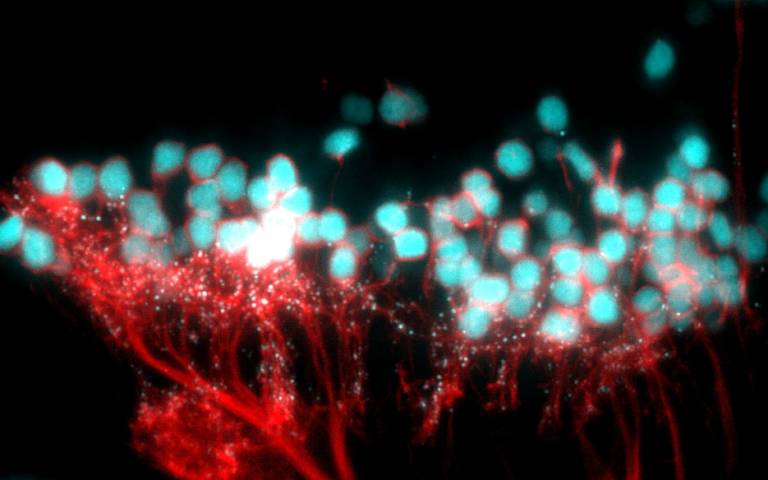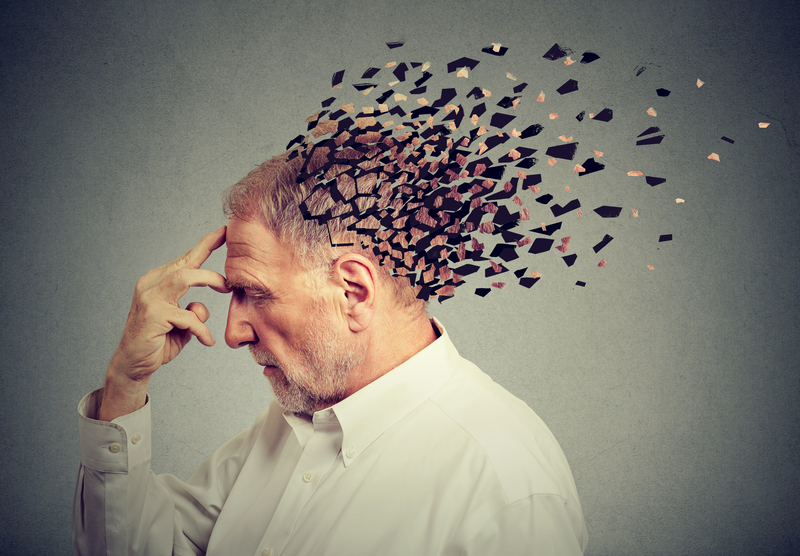The researchers say their findings, published in Nature, provide insight into the role of sleep, but still leave an open question around what function the latter half of a night’s sleep serves. The researchers say the study supports the Synaptic Homeostasis... Continue Reading →
Sailing through space might sound like something out of science fiction, but the concept is no longer limited to books or the big screen. A next-generation solar sail technology – known as the Advanced Composite Solar Sail System – will launch aboard... Continue Reading →
Problem:Irodov, problem 1.52., it says that acceleration is constant in magnitude and pointing permanently towards the center of the wheel. `vrai ou faux? A wheel rolls on a horizontal surface without slipping. Also rolling is the acceleration vector (red). It... Continue Reading →
A mere 280 light-years from Earth, tidally locked, Jupiter-sized exoplanet WASP-43b orbits its parent star once every 0.8 Earth days. That puts it about 2 million kilometers (less than 1/25th the orbital distance of Mercury) from a small, cool sun.... Continue Reading →
A new study co-led by investigators from Mass Eye and Ear, a member of Mass General Brigham, demonstrated the effectiveness of a gene therapy towards restoring hearing function for children suffering from hereditary deafness. In a trial of six children... Continue Reading →
The well-known Pleiades star cluster is slowly destroying part of a passing cloud of gas and dust. The Pleiades is the brightest open cluster of stars on Earth's sky and can be seen from almost any northerly location with the unaided eye. Over the past 100,000 years,... Continue Reading →
Restricting calories is known to improve health and increase lifespan, but much of how it does so remains a mystery, especially in regard to how it protects the brain. Buck scientists have uncovered a role for a gene called OXR1 that is... Continue Reading →
Earth’s average surface temperature in 2023 was the warmest on record, according to an analysis by NASA. Global temperatures last year were around 2.1 degrees Fahrenheit (1.2 degrees Celsius) above the average for NASA’s baseline period (1951-1980), scientists from NASA’s... Continue Reading →
In recent years, research has begun to reveal that the lines of communication between the body’s organs are key regulators of aging. When these lines are open, the body’s organs and systems work well together. But with age, communication lines... Continue Reading →








